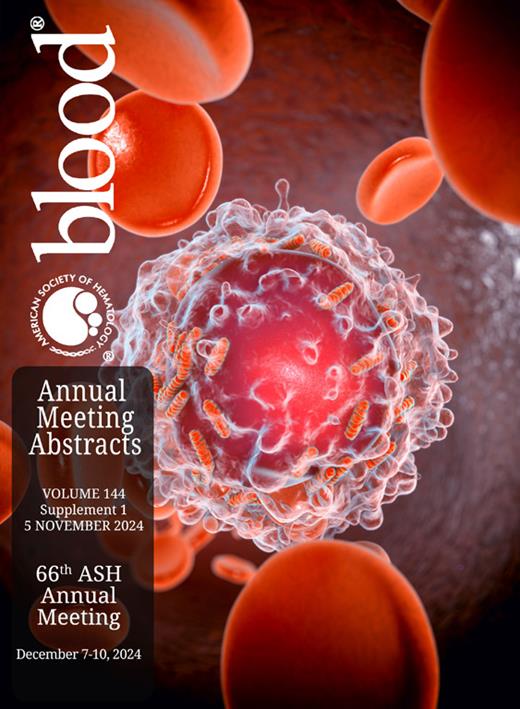Background
CD34+ cells are considered the active substance in allogenic hematopoietic stem cell (aHSC) grafts. However, immunologically active cellular “contaminants” make up >90% of nucleated cells in aHSC grafts, and are crucial for treatment success in hematological disorders. Following COVID-19 pandemic restrictions that were implemented due to supply chain interruptions and infection risk concerns, we conducted a prospective quality analysis on cell composition and viability before and after cryopreservation in aHSC grafts.
Methods
We analyzed fresh grafts from matched related (n=192) and unrelated (MUD; n=263) donors, and cryopreserved grafts (related, n=34; unrelated, n=97) between April 2020 and December 2023; cell composition, concentration, and time spent ex-vivo (apheresis to infusion/cryopreservation) were recorded. Flow cytometric analysis was carried out upon receipt at our institution and after thaw (if cryopreserved). Viability and absolute counts were studied in CD34+ stem cells, monocytes (CD14+), T cells (CD3+, CD4+ and CD8+), B cells (CD19+), and NK cells (CD56+). Grafts were received from 22 countries (grouped into 3 regions: Asia, Europe, Americas); many were also obtained through local apheresis (all related donors).
Results
Upon arrival, CD34+ cell viability was 99.0% (82-100%), with the bottom 10% of MUD grafts showing low average viability of 88.1%. Overall CD3+ cells exhibited high viability of 98.3% (59.1-100), with MUD grafts largely contributing to the lowest values; 29 had CD3+ viability <93.7%. Viability of CD4+ cells ranged much wider than CD8+ cells (54.4-100% and 68.3-100%, respectively). Given these results, we analyzed the impact of ex-vivo time on viability. Locally acquired grafts (n=225) had short ex-vivo times (15.5h±11.0) compared to grafts from abroad (Asia, n=5, 59.7h±20.9; Europe, n=270, 44.2h±11.1; Americas, n=84, 27.0h±11.1). The effect of ex-vivo time on viability was significant for a cell types (p<0.001). As expected, there was a limited inverse correlation in CD34+ cells (R2=0.038). However, a strong inverse correlation was found in T cells (CD3+ cells R2=0.167, CD4+ R2=0.168, CD8+ R2=0.148, TCRα/β R2=0.172, TCRg/d, R2=0.044). The effect on viability was minimal in CD56+, 14+, and 19+ cells (all >99.5%, 92-100).
Subsequently, we reasoned that cell concentration in the apheresis bag may equally impact viability. While CD34+ viability (R2=0.002, p=0.969) showed no correlation, CD45+ viability was significantly positively affected (R2=0.013, p=0.004). No correlation of viability with cell concentration was seen in CD14+ cells (R2=0.001, p=0.672), CD19+ cells (R2=0.002, p=0.755) and CD56+ cells (R2=0.000, p=0.293), but nearly all T cell subsets were positively affected (CD3+ R2=0.020, CD4+ R2=0.020, CD8+ R2=0.021, TCRα/β R2=0.021, all p<0.001, TCRg/d R2=0.002, p=0.159).
Cell concentrations were higher in local products compared to MUD (p<0.001), prompting us to create an index to elucidate the relationship of both factors (PMIndex=Ex-Vivo time x cell concentration). PMindex was significantly inversely correlated with viability of all cell subsets (p<0.001), except CD19+ cells (p=0.409). Viability correlation was weak for CD34+ (R2=0.047), CD14+ (R2=0.121), and CD56+ (R2=0.069) cells. Viability was most affected in T cells when ex-vivo time was long and cell concentration was high: CD3+ R2=0.125, CD4+ R2=0.127, CD8+ R2=0.107, TCRα/β R2=0.129, TCRg/d R2=0.037 (all p<0.001).
When grafts were analyzed post cryopreservation (n=131), high PMIndex did not impact CD34+ (p=0.944), CD14+ (p=0.148), CD19+ (p=0.054), and CD56+ (p=0.064) cells, while T cells were impacted substantially (p<0.001 for CD3+, 4+, 8+, and TCRα/β; TCRg/d p=0.121). Thus, cryopreservation significantly reduced the number of viable T cells infused (CD3+=-47.6%, CD4+=-52.1%, CD8+=-38.6%, TCRα/β=-48.0%, TCRg/d=-35.6%). CD34+ (-8.3%), CD14+ (-27.1%), CD19+ (-16.7%) and CD56+ (-21.3%) cells were only mildly affected.
Conclusion
All aHSC graft constituents are affected by ex-vivo time, cell concentration and cryopreservation; CD34+ cells are the most tolerant and T cells the most affected. The data presented may have clinical implications for patients receiving cryopreserved grafts with long ex-vivo times and high cell concentrations. More granular analysis of graft composition should be performed when cryopreservation is planned.
No relevant conflicts of interest to declare.

